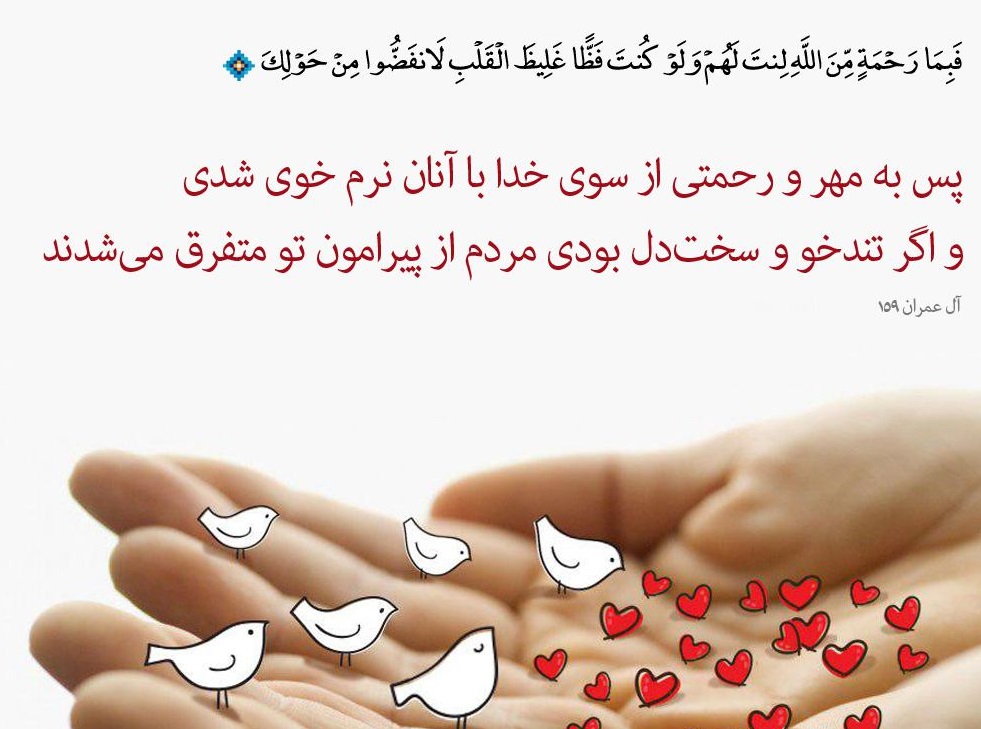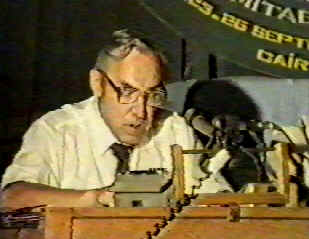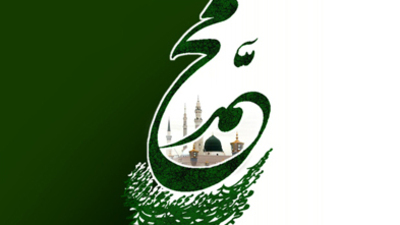مهر و رحمت


وَلَا تَكُونُوا كَالَّذِينَ تَفَرَّقُوا وَاخْتَلَفُوا مِنْ بَعْدِ مَا جَاءَهُمُ الْبَينَاتُ وَأُولَئِكَ لَهُمْ عَذَابٌ عَظِيمٌ
و مانند کساني نباشيد که پراکنده شدند و اختلاف کردند؛ آن هم پس از آنکه نشانههاي روشن پروردگار به آنان رسيد! و آنها عذاب عظيمي دارند.
(آل عمران/ 105


Keith L. Moore is a professor emeritus in the division of anatomy (department of surgery), former Chair of anatomy from 1974 to 1984 and associate dean for Basic Medical Sciences (Faculty of Medicine) at the University of Toronto, Ontario, Canada. He has also worked at the King Abdulaziz University in Jeddah, Saudi Arabia. Moreover, he is a founding member of the American Association of Clinical Anatomists (AACA). He was President of the AACA between 1989 and 1991. He is most known for his textbooks on the subjects of anatomy and human embryology.
He has co-written (with professor Arthur F. Dalley II) Clinically Oriented Anatomy, which is the most popular English-language anatomy textbook in the world, used by scientists, doctors, physiotherapists and students worldwide. The book is especially popular because of its ‘blue boxes’ - passages of text on blue background that relate the classical anatomy to real-world concepts in the diagnosis and treatment of human patients. The book has been translated into multiple languages. He also co-wrote (with professor Anne M. R. Agur) Essential Clinical Anatomy.
Awards
The American Association of Clinical Anatomists awarded Dr. Moore with their Honored Member Award (in 1994). In 2007, the American Association of Anatomists awarded him with the first Henry Gray/Elsevier Distinguished Educator Award.
Embryology and the Qur’an
Moore has written on “references to embryology in the Qur’an", for instance, in an article for The Journal of the Islamic Medical Association, Vol. 18, Jan-June 1986, pp. 15-16.
After reviewing Dr Moore C.V We shall read his article
“Ascientist’s interpretation of references to embryology in the Qur’an”
Statements referring to human reproduction and development are scattered throughout the Qur’an. It is only recently that the scientific meaning of some of these verses has been appreciated fully. The long delay in interpreting these verses correctly resulted mainly from inaccurate translations and commentaries and from a lack of awareness of scientific knowledge.
Interest in explanations of the verses of the Qur’an is not new. People used to ask the prophet Muhammad all sorts of questions about the meaning of verses referring to human reproduction. The Apostle’s answers form the basis of the Hadith literature.
The translations of the verses from the Qur’an which are interpreted in this paper were provided by Sheik Abdul Majid Zendani, a Professor of Islamic Studies in King Abdulaziz University in Jeddah, Saudi Arabia.
“He makes you in the wombs of your mothers in stages, one after another, in three veils of darkness.” (Quran 36:6)
This statement is from Sura 39:6. We do not know when it was realized that human beings underwent development in the uterus (womb), but the first known illustration of a fetus in the uterus was drawn by Leonardo da Vinci in the 15th century. In the 2nd century A.D., Galen described the placenta and fetal membranes in his book “On The Formation of the Foetus.” Consequently, doctors in the 7th century A.D. likely knew that the human embryo developed in the uterus. It is unlikely that they knew that it developed in stages, even though Aristotle had described the stages of development of the chick embryo in the 4th century B.C. The realization that the human embryo develops in stages was not discussed and illustrated until the 15th century.
After the microscope was discovered in the 17th century by Leeuwenhoek descriptions were made of the early stages of the chick embryo. The staging of human embryos was not described until the 20th century. Streeter (1941) developed the first system of staging which has now been replaced by a more accurate system proposed by O’Rahilly (1972).

Shia religion over other religions lead to the “right” of it, and the religion of truth in any period is only just a religion. God in every moment and every religion has a law other than that or of the falsehood and lies extinct or obsolete.
The multiplicity of divine religions and religions that have been revealed to humanity, a plurality of longitudinal not cross, meaning that the new religion is abrogating and complement the ancient religion.
And with the coming of the new religion and the coming into force date of religion previous rule fails and gives way to a new religion
And on all that is necessary to follow the new religion and believe in it.
That is why the scriptures and religious texts, from those who do not believe the new religion, as “infidels” is.
Islam is the final and most complete religion for mankind and God sent not accept religion other than Islam. No doubt, Islam is the only religion in the sight of God.
Everyone chose a religion other than Islam will not be accepted from him.
آيه 44/مؤمنون- اين آيه ناظر به اين حقيقت است كه دعوت پيامبران در طول تاريخ هيچگاه قطع نشده، مىفرمايد: «ما سپس رسولان خود را يكى پس از ديگرى فرستاديم» (ثُمَّ أَرْسَلْنا رُسُلَنا تَتْرا).
اين معلمان آسمانى يكى پس از ديگرى مىآمدند و مىرفتند، ولى اقوام سركش همچنان بر كفر و انكار خود باقى بودند بطورى كه «هر زمان رسولى براى (هدايت) قومى مىآمد او را تكذيب مىكردند» (كُلَّ ما جاءَ أُمَّةً رَسُولُها كَذَّبُوهُ).
هنگامى كه اين كفر و تكذيب از حد گذشت و به قدر كافى اتمام حجت شد «ما اين امتهاى سركش را يكى پس از ديگرى هلاك نموديم» و از صحنه روزگار محوشان كرديم (فَأَتْبَعْنا بَعْضَهُمْ بَعْضاً).
آن چنان نابود شدند كه تنها نام و گفتگويى از آنها باقى ماند. آرى! «ما آنها را احاديثى قرار داديم» (وَ جَعَلْناهُمْ أَحادِيثَ).
و در پايان آيه، همچون آيات پيشين مىگويد: «دور باد (از رحمت خدا) قومى كه ايمان نمىآورند» (فَبُعْداً لِقَوْمٍ لا يُؤْمِنُونَ).
آنها نه تنها در اين دنيا دور از رحمت خدا بودند كه در سراى ديگر نيز از رحمت الهى دورند.
برگزيده تفسير نمونه، ج3، ص:253و254

آیه 165/نساء:بنابراین، رشته وحى همیشه در میان بشر بوده است و چگونه ممکن است ما افراد انسان را بدون راهنما و رهبر بگذرانیم و در عین حال براى آنها مسؤولیت و تکلیف قائل شویم؟ لذا «ما این پیامبران را بشارت دهنده و انذارکننده قرار دادیم تا به رحمت و پاداش الهى، مردم را امیدوار سازند و از کیفرهاى او بیم دهند تا اتمام حجت بر آنها شود و بهانه اى نداشته باشند» (رُسُلًا مُبَشِّرِینَ وَ مُنْذِرِینَ لِئَلَّا یَکُونَ لِلنَّاسِ عَلَى اللَّهِ حُجَّةٌ بَعْدَ الرُّسُلِ).
خداوند برنامه ارسال این رهبران را دقیقا تنظیم و اجرا نموده، چرا چنین نباشد با این که: «او بر همه چیز توانا و حکیم است» (وَ کانَ اللَّهُ عَزِیزاً حَکِیماً).
برگزیده تفسیر نمونه، ج1، ص: 478